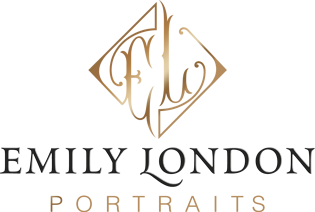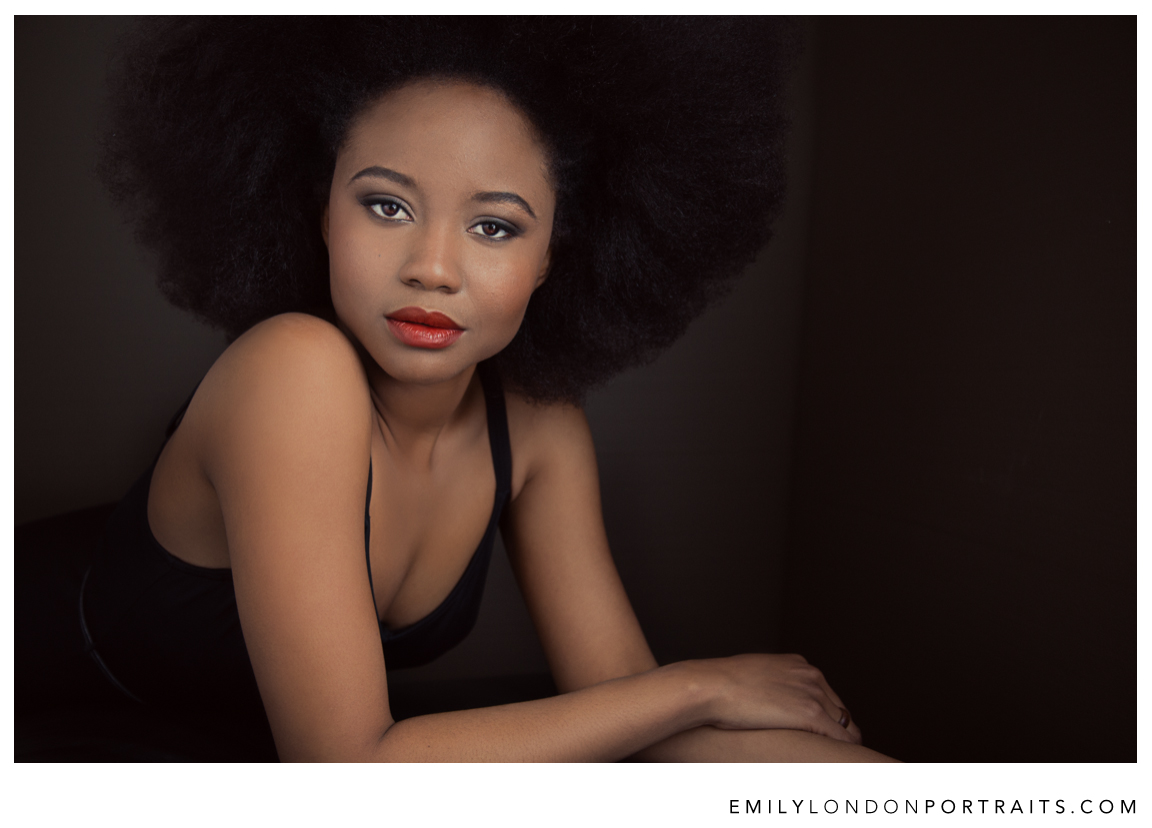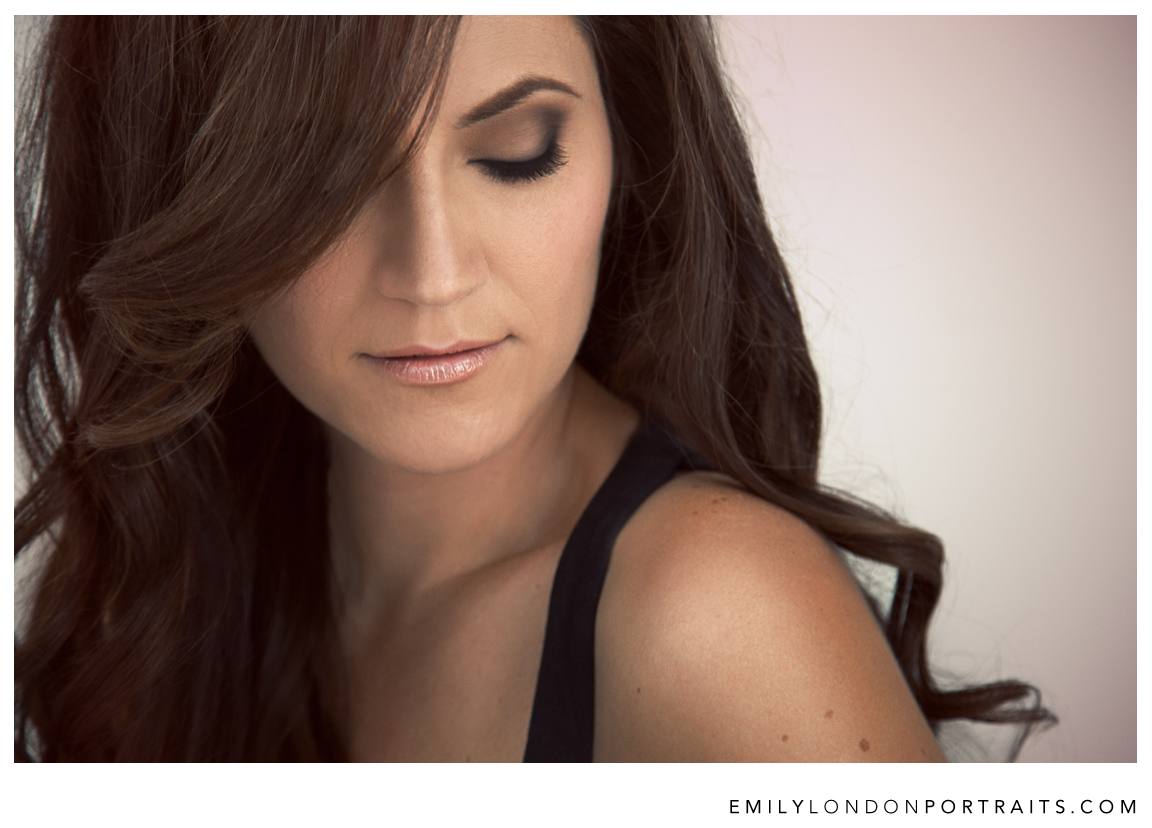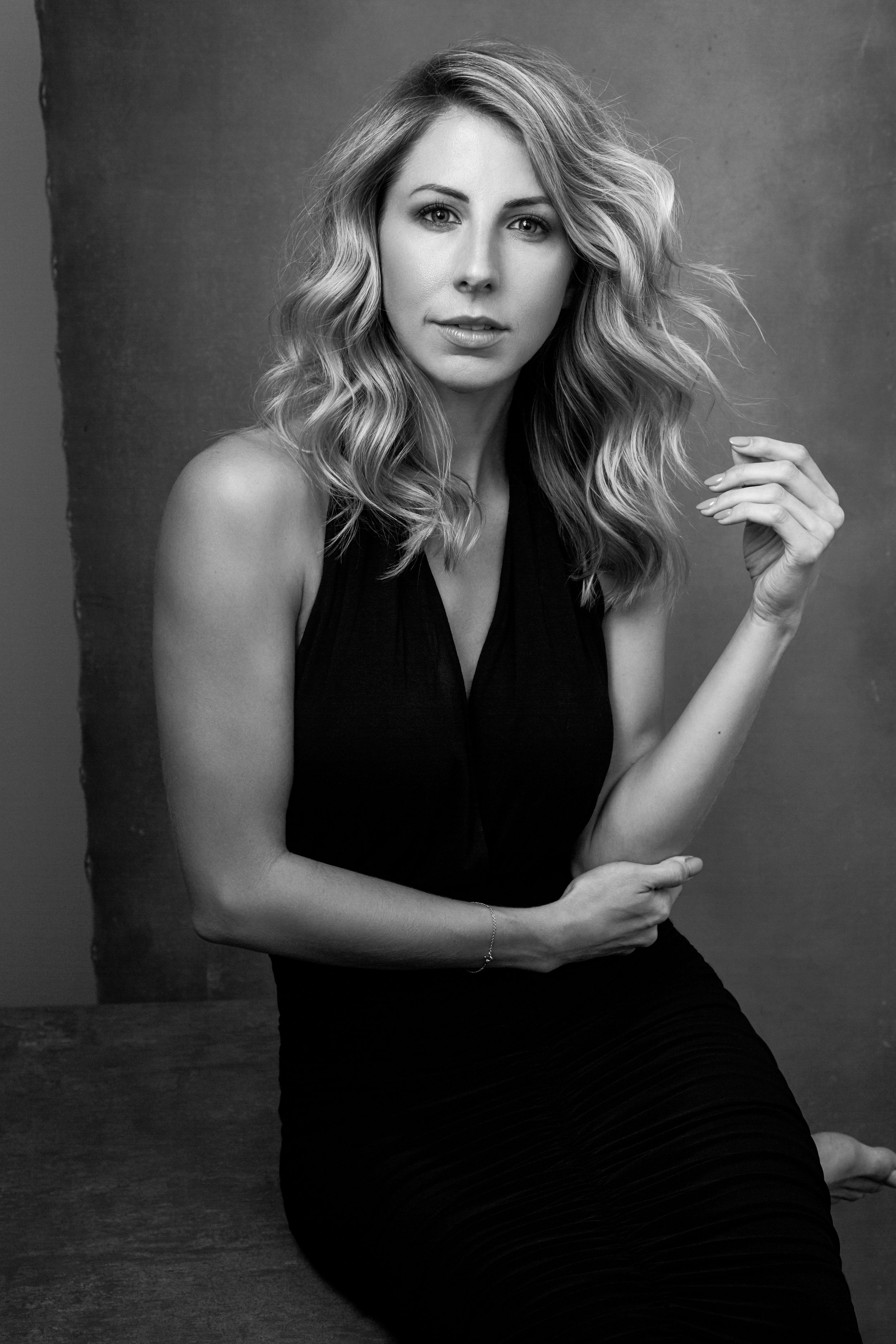What to Look For During the Test-Run
Reliability
Does the MUA arrive on time? A great MUA should be 15 minutes early. If she is late, do not hire her. She's showing you that she can't be relied on. Believe her. (It's your call if you'd like to even finish the test run.)
Cleanliness
Watch out for important makeup hygiene. Does she wash her hands? Are her makeup brushes clean? Is her kit neat? Does she use disposable mascara and lipgloss wands? Does she ever double-dip them? Are her hair brushes sanitized and hair-free? Feel free to ask her about her sanitation practices. Saying, "What exactly do you do to keep the whole process sanitary?" is a great way to gauge her hygiene knowledge. (Her habits, on the other hand, are something you'll have to keep an eye on during the test.)
Speed
Be sure to point out that speed is important to you, and will be a factor in whether you can hire her for photoshoots. Set a timer in front of her, and leave it where she can see how much time she has taken. If the styling takes more than the hour allotted, she might not be fast enough for this kind of shoot. (Most non-model clients won't have much energy left for the actual photoshoot after a couple of hours in the makeup chair.)
Personality/Energy
Is the MUA a pleasure to be around? Does she put the model at ease? Can she work efficiently while being friendly, or does she pause often to chat? Does she complain or gossip? Can she handle taking your direction well? The last thing you need is any drama in your studio. Find somebody who you enjoy spending time with, since you will potentially see her often.
Fragrance
Does her breath smell? Does she have body odor? Is her perfume over-powering? Bad breath is probably the most likely offender, and also really unpleasant for the model. Good makeup artists are aware of their breath, and usually carry gum or mints to help with this. If she doesn't, and you decide to work with her in the future, you might need to have a mildly uncomfortable conversation about her breath. If she's excellent, it will be worth it. (Please don't just ignore it, and subject client-after-client to an uncomfortable situation.)
Gentle Touch
Does she have a harsh touch, use brushes that are rough or painful, or clamp her free hand on your head? Having your makeup applied by a professional should be soothing, similar to a spa treatment.
Staying Power
Does the hair style go limp before the test shoot is finished? Does the eye shadow start creasing? Certain touch ups are inevitable - but if the model starts wilting within an hour, your MUA might be using the wrong products, or not asking your model the right questions.
Aesthetics
While all the other factors mentioned above are important, they really mean nothing if this area is not up to par. Do you like the way the hair and makeup looks when all is said and done? Has she followed your artistic direction? Does it look better than you could do it yourself? Does it look magazine quality? Does your model like it?
Taking a photo (or several) of the model will give you the chance to really study the makeup on your screen, and to see how well it photographs. Look for asymmetry in the features of the client, and if the makeup improved it or exaggerated it. If you decide to work with the MUA in the future, show her the photograph without any editing, as well as the final edit. This way she can see what you changed with photoshop, and work toward decreasing the amount of post-processing needed with each shoot you have together.
If your own makeup knowledge is limited, show the images to a friend who's makeup you admire, and ask for her honest opinion. If you ask specific questions, (Do you like the lipstick color? Is the foundation a good match? Does her skin look even? Is the eye shadow color/placement lovely? Does her eyeliner look great? What about her mascara/fake eyelashes?) you'll get a great lesson on what you could change in photoshop, as well as what your MUA might do differently.
Price Vs. Quality
Is the price she's asking worth the quality of the final results? If she's out of your current budget, but you love her work, you might add her to your database for 'someday' or 'just in case.' If her prices work for you, but her skills are less than stellar, you have to decide if she's good enough to be on your list (possibly as a 'back-up' artist).
Speaking of Price - tomorrow's post will begin by breaking down what you can expect to pay a high-quality makeup artist. I'll also hash-out how to talk pricing with your artists, we'll go over the best practices for working as a well-oiled team, and finally, how to keep great artists once you've found them.











